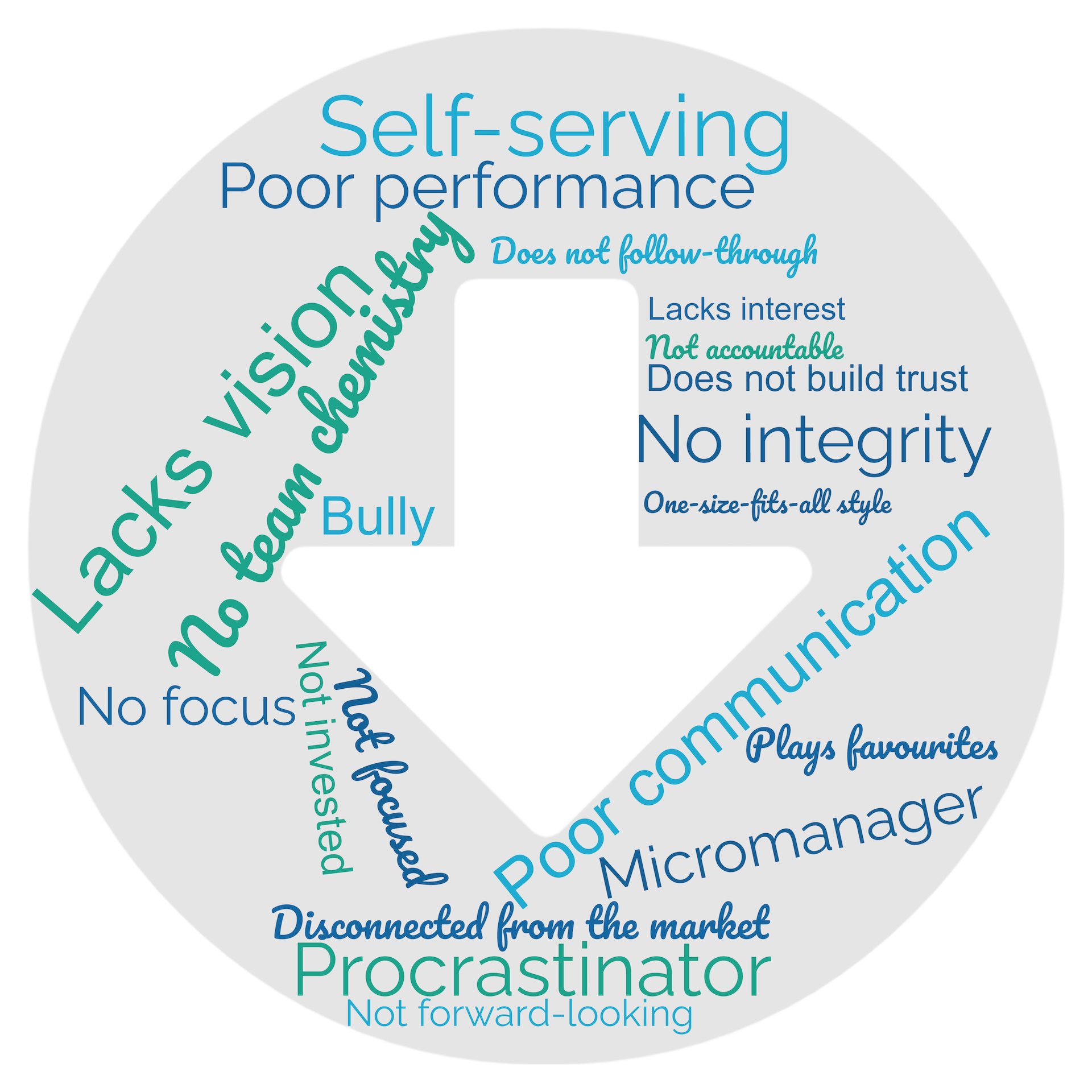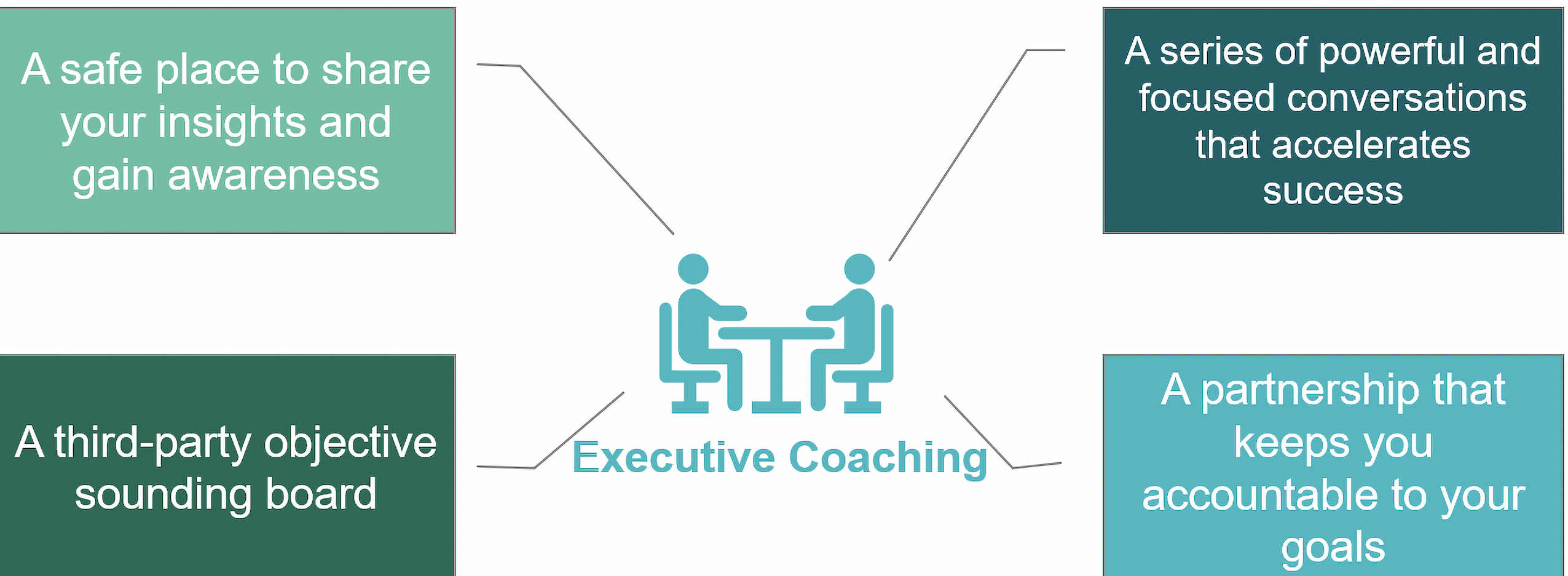Turn Ineffective Leaders into Effective Leaders Using Executive Coaching
Being a leader in today’s world takes a lot more than having good technical skills and people management skills, it may take executive coaching as well. Leaders in any organization wear multiple hats and switch them throughout the day. It is easy to become ineffective if you are not cognizant, of your personal preferences, biases, likes and dislikes.
Every leader’s journey is unique and shaped by good and bad experiences. It is essential to be thoughtful and focused actions to be a good leader. Many times, even good leaders tend to lose focus, lose track of the vision, and get complacent in their role.
Oftentimes, you will see signs of ineffective leadership.

While there are many indicators, here are the top 3 signs of ineffective leaders:
1. Poor Performance:
No one expects to be perfect but failing consistently is a sign of ineffective leadership. Conversely, productivity and performance are key signs of an effective leader. While past performance is not an indicator of future events, consistent failures cannot be ignored.
2. Poor Communication:
Great leaders communicate effectively through various mediums and environments. They listen actively, are open to different approaches, encourage active participation, and know when to speak. Poor communication or no communication is an explicit sign of weakness. On the contrary, communication helps show authenticity which is reaffirmed through actions.
3. Lacking Integrity:
Having strong moral principles is an integral quality of a great leader. Being honest with their team, peers and clients is not an option but a requirement for a good leader. A leader can be amiable, persuasive, and knowledgeable. But, if they are prone to rationalizing unethical behavior, they are not a leader anymore.
What is Executive Coaching? And, why should you use an Executive Coach?
Influential leaders have a greater sense of self-awareness. It comes with conscious practice and guidance. One of the ways to improve effectiveness is by working with an Executive Coach.
Everyone has blind spots. Let’s use John as an example. John is the CEO of a large retail corporation who worked hard throughout his career and rose through the ranks. Recently he was reflecting on some of his challenges. The one that stood out for him was he doesn’t get good, honest feedback from his colleagues as he used to when he was in junior positions.
When was the last time someone challenged your perspective? Have you ever had someone say you are coming across as harsh when you point out mistakes? When did you last spend an hour on yourself talking about your career goals, your opportunities for improvement, your aspirations, and your challenges? Everyone needs people in their lives that point out different perspectives that they may or may not want to see. It leads to the development of that person.

An Executive Coach helps discover a greater self-understanding, enhanced self-management, and positive behavioral changes. Most executive coaching efforts aim at behavioral change. It is a custom-tailored one-on-one intervention focused on the leader’s needs. Identifying those behaviors that need work is done through assessment – something like a 360 degree feedback assessment would help to uncover where to start.
How does executive coaching turn ineffective leaders to effective leaders?
Bill is the Director of Customer Experience in a large retail corporation. He was promoted to this role in the last quarter after his predecessor moved on to a better job opportunity. Bill’s previous role was managing the Reporting and Analytics team. He is logical, focused, data-oriented, and has already implemented many changes to the daily operations. However, these changes do not have the expected positive bottom-line impact. Sales and customer satisfaction across some stores have been below expectation. His Store Managers are not in agreement with his ideas, but they do what is asked of them.
His executive coach, Jeff, listened to Bill’s frustrating experience and brought up some questions to consider:
- How much do you know about the day-to-day activities of your stores?
- Have you reviewed the capability of your teams in terms of knowledge and skills required for their roles?
- Do you know where your teams need support?
- How much input have you taken from your store managers on the new changes?
- Have you convinced your teams of your vision and the need for more recent goals? Keep in mind; that getting their buy-in on your vision is differs from communicating it via a memo.
- Have you been to some of the stores and spent time with the frontline associates dealing with customers?
- Have you stepped out of your comfort zone and accepted your mistakes with your team when you made one?
- How much does your team trust you in your decisions? Do you know if the trust is established already?
It is difficult for someone to develop varied perspectives when they are embedded in their job. However, a coach comes with years of experience and ability to understand complex workplace conundrums. They shine a different light on the situation and facilitate reflection.
Each meeting will be focused on specific goals. The coach will guide the leader through difficult situations and assist in creating a plan of action. A plan is only successful when it is followed through to completion. An Executive Coach will help a leader in:
- Creating actionable plans
- Improving their focus
- Challenging their perspectives
- Increasing positivity and self-awareness
- Following their plans to completion
- Improving their communication
- Inspiring their team and building trust
Being a leader is not an easy job. With the best of intentions, a leader would still require support and abundant self-awareness to be succeed in their role.
Related Resource – Leadership Development – Big Questions Answered
Related Blog Post – How to create an inclusive leadership development process

 Dr. Jaffee (M.A., Ph.D.) is a recognized expert in the field of assessments, and has created effective HR Solutions used by millions of people.
Dr. Jaffee (M.A., Ph.D.) is a recognized expert in the field of assessments, and has created effective HR Solutions used by millions of people.